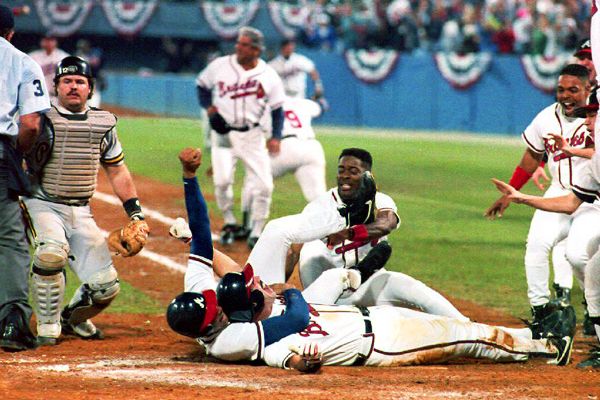Accuracy of Model of the 2013 USN&WR Law School Rankings

As that graphical comparison indicates, the model replicated USN&WR’s scores very closely. Indeed, the chart arguably overstates the differences between the two sets of scores because it shows precise scores for the model but scores rounded to the nearest one for USN&WR.
As I mentioned above, comparing the two data sets generates an r-squared coefficient of .998673. That comes very close to an r-squared of 1, which would show perfect correlation between the two sets of scores. Plainly, the model tracks the USN&WR law school rankings very closely.
In most cases, rounding to the nearest one, the model generated the same scores as those published by USN&WR. In four cases, the scores varied by 1 point. That’s not enough of a difference to fuss over, given that small variations inevitably arise from comparing the generated scores with the published, rounded ones. Consider, for instance, that USN&WR might have generated a score of 87.444 for the University of Virginia School of Law and published it as “87.” The model calculates Virginia’s score in the 2013 rankings as 88.009. The rounded and calculated scores differ by 1.009. But if we could compare the original USN&WR score with the model’s score would get difference of only .565 points. I won’t worry over so small a difference.
You know what does worry me, though? Look at the far right side of the chart above. That red “V” marks the 4.48 difference between the 34 points USN&WR gave to the University of Idaho School of Law and the score that the model generated. Idaho showed a similar anomaly in last year’s model, though then it was not alone. This year, only Idaho does much better in the published rankings than in the model.
[Crossposted at Agoraphilia and MoneyLaw.]
Labels: law school rankings, U.S. News























